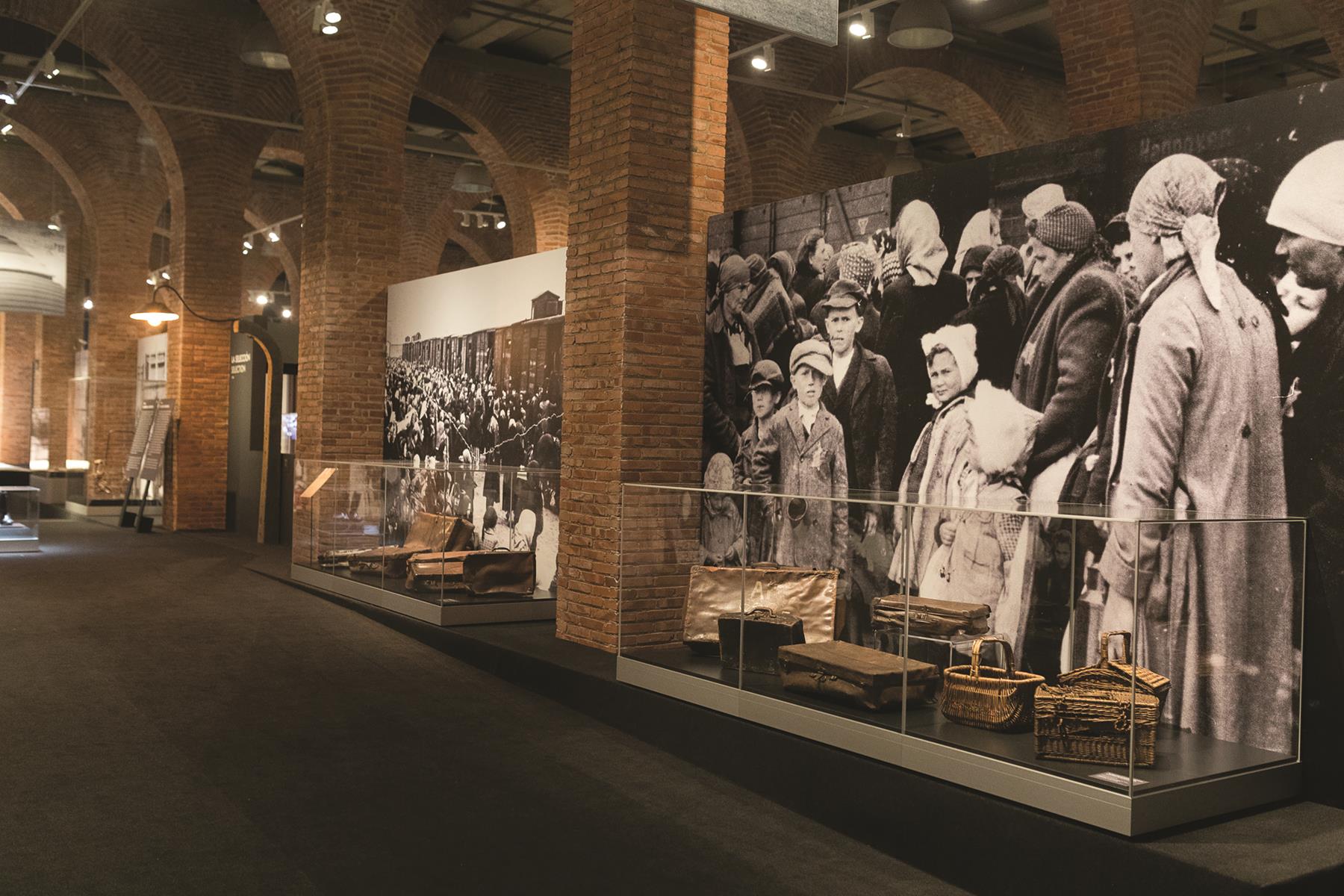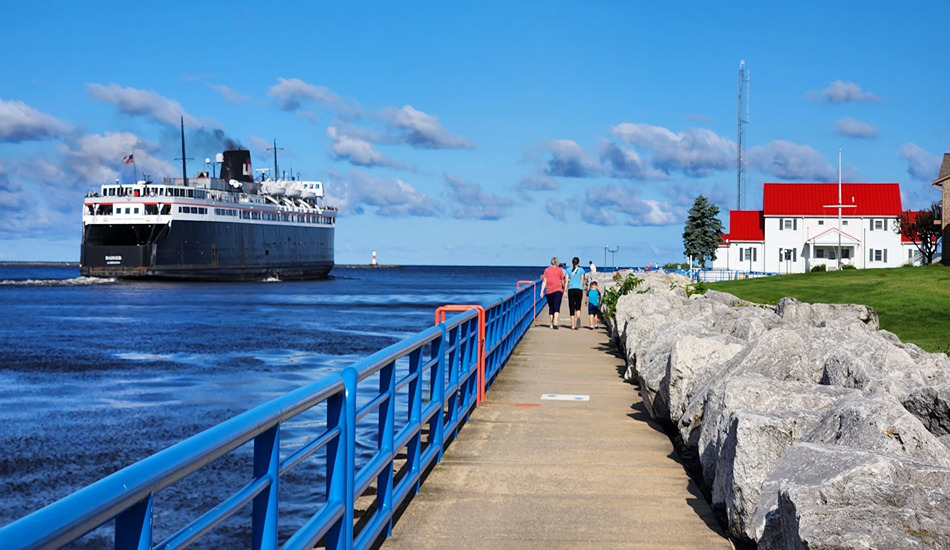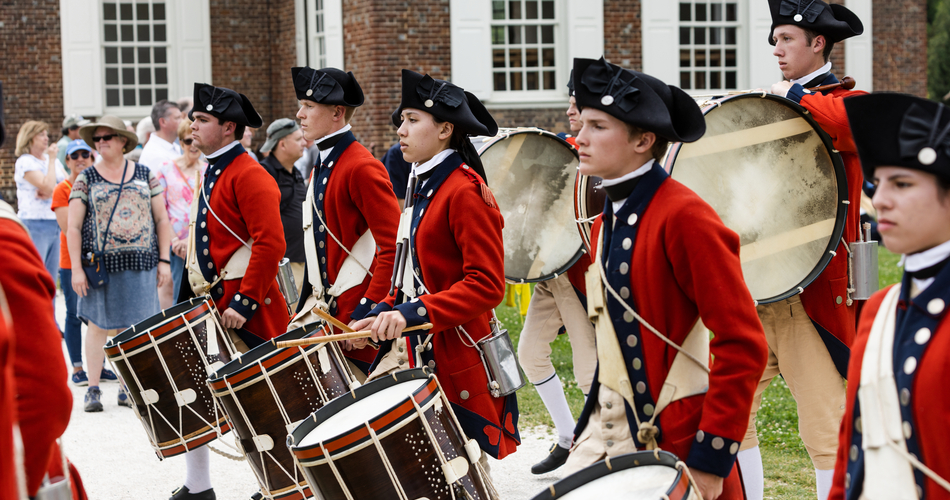The exhibition at Union Station Kansas City will include 700 original objects, the majority of which have never been displayed
For the first time, 75 years after the liberation of Auschwitz, a traveling exhibition dedicated to the camp and its historical meaning has been created.
The exhibit is set to open at Union Station Kansas City in June 2021. Seven hundred original objects, mostly belonging to the Auschwitz-Birkenau State Museum, will be displayed throughout nearly 30,000 square feet of exhibition space. The aim of this meticulous and poignant exhibition is to explore the complex reality of the Nazi German concentration and extermination camp at Auschwitz-Birkenau within the historical context, as well as examine how such a place came to exist and the terrible historical and human consequences resulting from the Holocaust.
A painstaking conservation process readied these artifacts to be presented for the first time to the public. The project also involves specific loans from several international institutions, including Yad Vashem – The World Holocaust Remembrance Center in Jerusalem, the United States Holocaust Memorial Museum in Washington, D.C. and other Holocaust centers in North America and Europe, as well as from survivors and private collections.
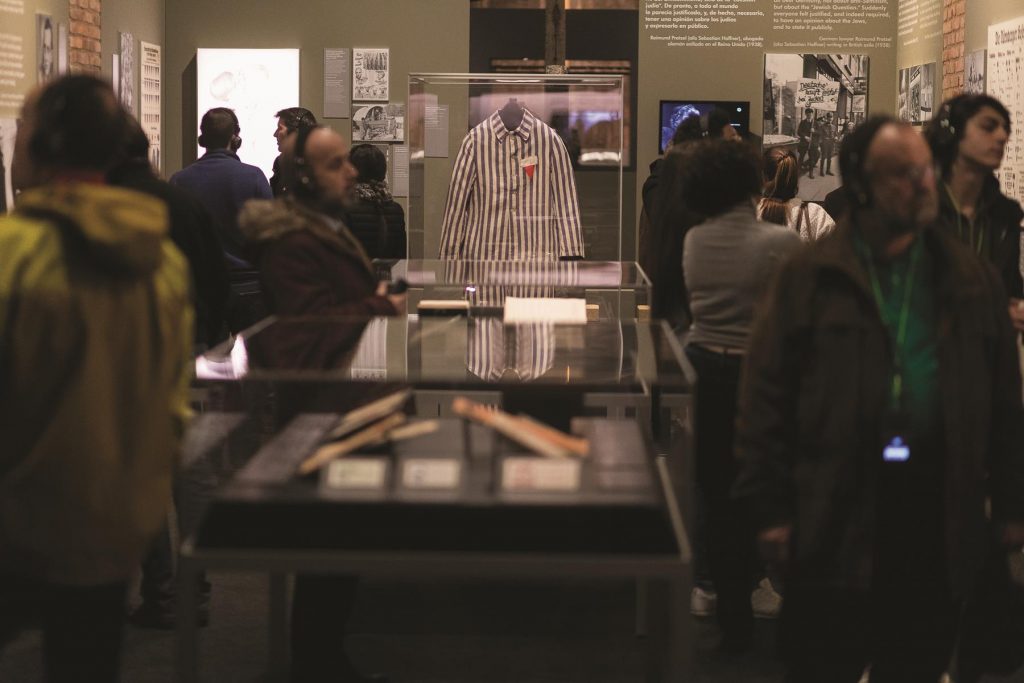
© Musealia
Although objects previously have been loaned to various museums and institutions, this project represents an unprecedented collaboration to create an international traveling exhibition, displaying a large collection of objects within the narrative context of the camp’s history. The exhibit will include an original barrack from Auschwitz III-Monowitz and an original German-made Model 2 freight wagon of the type used by the Deutsche-Reichsbahn (German National Railway) during WWII for the transportation of troops and prisoners of war and the deportation of Jews to the ghettos and extermination camps in occupied Poland.
The unique items throughout the exhibition will cover the main topics of the history of Auschwitz, as well as all the victim groups in the camp: Jews deported for termination, Poles, Sinti and Roma, and Soviet POWs. Additionally, some objects will also depict the world of the perpetrators – SS men who created and operated the largest of the German Nazi camps.
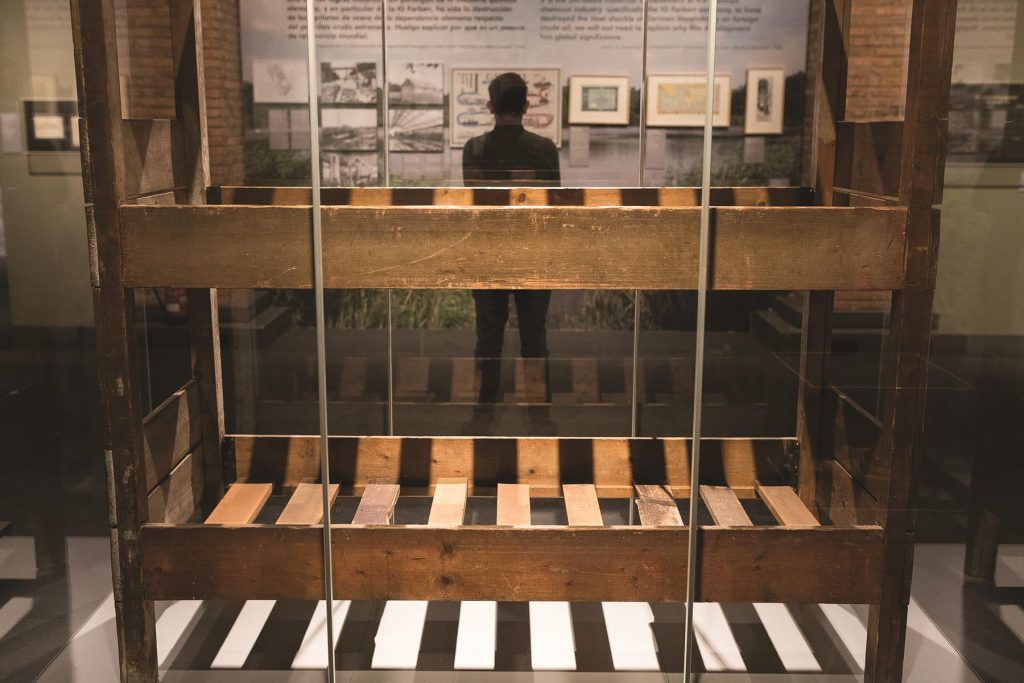
© Musealia
Understanding how Auschwitz came to be is a core purpose of the exhibition. Auschwitz-Birkenau State Museum Director Dr. Piotr M. A. Cywinski said, “Today, the world is moving in uncertain directions. That is why we need to rely more and more on the strong foundations of our memory. Auschwitz and the tragedy of the Shoah are part of those foundations, which cannot be bypassed in creating a new face of the world.”
Auschwitz is a part of our history and the memory of Auschwitz is a part of our modern world. “Nothing can replace a visit to the authentic site of the biggest crime of the 20th century, but this exhibition can become a great warning cry for us all against building the future on hatred, racism, anti-Semitism and bottomless contempt for another human being,” Cywinski added.
“The exhibition will offer an introspective journey across the very nature of mankind, experienced through the ‘dual’ history of the camp: Auschwitz as a physical location and Auschwitz as a symbol and metaphor for the borderless manifestation of human barbarity,” said Luis Ferreiro (Musealia), project director for the exhibition. “It will also place Auschwitz in its historical context, allowing visitors to understand the pre-war years of Polish Oswiecim and the later German occupation and terror system they established,” he added.

© Musealia
Since 1947, Poland has worked to preserve the site and remains of the German Nazi concentration and extermination camp, as well as its history. Those efforts include the creation of the Auschwitz-Birkenau State Museum and its exhibitions. By 2016, the museum was attracting two million visitors annually. Built in 1914, Union Station Kansas City is an architectural masterpiece and a piece of living history. During WWII, an estimated one million travelers, many of them troops, passed through the station. Just as you could more than 100 years ago, you can still catch the train at Union Station Kansas City.
Today, visitors are drawn to the historic landmark by the KC Rail Experience permanent rail exhibit, a wide variety of visiting exhibits, a planetarium, an interactive science center, and a vibrant theater district, featuring giant-screen movies and live theater. Harvey’s at Union Station and Pierponts are restaurants located off the Grand Hall. There’s also shopping available, from the Rocky Mountain Chocolate Factory and Science City store to the Kansas City Store.
Plan your visit at unionstation.org/groups.
By Dave Bodle


